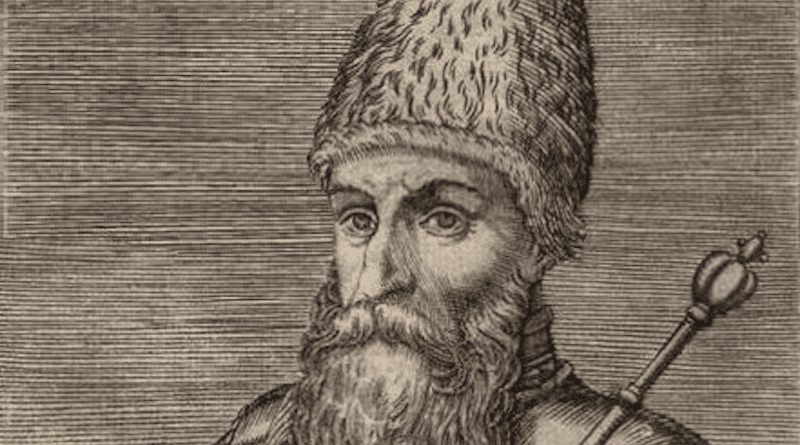About Political Prestige Of Georgia – OpEd
By Prof. Dr. Tedo Dundua and Dr. Nino Silagadze
Georgia faces enormous challenges as a small country with limited natural resources, and geopolitical problems. The country is a representative democracy with the Georgian people choosing their leaders. Having the country in a military or economic alliance is regarded as a special geopolitical achievement for big powers. Hence comes the rivalry between the West and Russia over who will dominate the wider Black Sea region and Georgia with it. Indeed, Georgia always has held a prestigious place. The below story is about the 16th c. Georgia and how despite the existing political and economic crises, the Georgian kings not only guarded the “Christian” frontier, but also held high political prestige. The Ottomans’ empire-wide festivities after the capture of the Georgian king Simon attest to that.
Fetiyecamii is architectural celebrity of Istanbul, and beloved place for the tourists. The Turkish term seems to be the 16th c. label for the church of the Virgin Pammacaristos, turned into a mosque by that times (S. Runciman. The Fall of Constantinople 1453. Cambridge. 1965. Reprinted 1996, p. 201).
By well-established Ottoman tradition, if a city surrendered of its own will to them, the Christians could retain their churches, otherwise they were to be converted into a mosque (S. Runciman. The Fall of Constantinople 1453, pp. 145, 199).
Constantinople fell on 29 May 1453. When the news spread that the land-walls had been breached, some isolated quarters of the city, possessing their own wall, surrendered at once. This legal evidence, together with some pragmatic issues – now sultan was also emperor of the Greeks – helped milet, a self-governing Greek community within the Ottoman Empire, to keep some of the churches in Constantinople (S. Runciman. The Fall of Constantinople 1453, pp. 202-204; J. J. Norwich. A Short History of Byzantium. Published in Penguin Books. 1998, pp. 375-381).
The Pammacaristos was to be the Patriarchal church for more a century with a Patriarch residing there as a head of milet (S. Runciman. The Fall of Constantinople 1453, pp. 200-201). As the most prominent Orthodox shrine, it had been under a permanent pressure of sultan, being either badly enraged, or – extremely happy, does not matter.
For Murad III in 1586 the both feelings are present and vivid – former, because that was not real victory over invincible Simon, the king of Kartli (East Georgia), and latter, because the fortresses in Georgia had been recaptured, and Ottoman garrisons – strengthened (Studies in History of Georgia (in Georg.). v. IV. Tb. 1973, p. 138 and n. 4; for the last phase of the war v. D. Cantemir. History of the Othman Empire (transl. N. Tindal). London. 1734, pp. 233-34). Later in 1600 Simon’s capture was followed by three days festival all-over Empire (Studies in History of Georgia. v. IV, p. 149), and now Murad III annexed the Pammacaristos as he celebrated his victory over the infidels (R. Janin. La Géographie Ecclésiastique de L’Empire Byzantin. Première Partie. La Siège de Constantinople et le Patriarcat Oecuménique. t. III. Les Églises et les Monastères. II Edition. Paris. 1969, p. 210).
Simon was to blame for a loss of residence for the Greek Patriarch. He was, indeed, a superb warrior.
But only within what could be still called Byzantium, legacy of which they claimed for themselves, the Ottomans insisted the churches should at once be transformed into a mosque. It seems a bit strange how one could bind Simon the Georgian with Pammacaristos. We have to look at Mehmet the Conqueror titled both as emperor and sultan on the famous Western-manufactured medal of 1481 to make things clear. Sultan is basileus and he needs his “Byzantine Commonwealth”, thus humiliating Serbs and Bulgarians and stripping them from Tsar-claim. In the eyes of the Ottomans, with Georgians being defeated, “Byzantine Commonwealth” was already theirs and with the Pammacaristos confiscated, that was already styled upon the crescent.

